Cheonggiwa Minsok Sikdang (청기와민속식당)
19.4 Km 46 2021-03-24
214-6, Jeonseo-ro, Andong-si, Gyeongsangbuk-do
+82-54-852-8361
It is a restaurant that sells delicious Jjimdak (steamed chicken) and seafood pancake. This Korean dishes restaurant is located in Andong-si, Gyeongsangbuk-do. The most famous menu is Andong braised chicken.
Ihwa Sikdang (이화식당)
19.4 Km 63 2021-03-24
214-6, Jeonseo-ro, Andong-si, Gyeongsangbuk-do
+82-54-842-3456
This Andong Jjimdak restaurant is located near Hahoe Village. This Korean dishes restaurant is located in Andong-si, Gyeongsangbuk-do. The most famous menu is andong braised chicken.
Bune Sikdang (부네식당)
19.4 Km 40 2021-03-24
214-6, Jeonseo-ro, Andong-si, Gyeongsangbuk-do
+82-54-821-2738
This is a place where you can enjoy Andong Jjimdak, the representative dish of Andong. The best menu at this restaurant is bibimbap. This Korean dishes restaurant is located in Andong-si, Gyeongsangbuk-do.
Hahoe Minsok Sikdang (하회민속식당)
19.4 Km 32 2021-03-24
214-6, Jeonseo-ro, Andong-si, Gyeongsangbuk-do
+82-54-853-0521
This is a place where you can enjoy Andong steamed chicken and grilled mackerel, the representative foods of Andong. This Korean dishes restaurant is located in Andong-si, Gyeongsangbuk-do. The most famous menu is Andong braised chicken.
Museo de Máscaras del Mundo de Hahoe (하회세계탈박물관)
19.5 Km 4869 2024-05-14
Jeonseo-ro 206, Pungcheon-myeon, Andong-si, Gyeongsangbuk-do.
Okryujeong (옥류정)
19.5 Km 213 2016-09-05
Jeonseo-ro 191-9, Pungcheon-myeon, Andong-si, Gyeongsangbuk-do.
Located at the foot of the tourist hot spot, ‘Hahoe Folk Village’, this restaurant combines a Bed and Breakfast service and offers Andong’s famous local traditional food called ‘Heot Jesa Bap’, a kind of Korean table d’hote offered at ancestral memorial services.
‘Jesa’ is a Korean traditional ritual of remembering the ancestors and giving offerings (mainly dishes called ‘jesa bap’) to the ancestors of each household.
Many interesting wild green dishes called ‘namul’ are elegantly served in porcelain tableware.
You can’t also miss out on Korean traditional pan-fried dishes like ‘jeon’ and ‘sanjeok’ and usually served with delicious homemade sesame seed oil and soy sauce.
Another famous local traditional food is called ‘Andong Gangodeungeo’ which is salted mackerel.
In fact, you can even purchase this salted fish at the folk gallery connected to this restaurant.
Acantilado Buyongdae (부용대)
19.6 Km 35768 2024-05-07
Gwangdeoksolbat-gil 72, Pungcheon-myeon, Andong-si, Gyeongsangbuk-do
Buyongdae es un acantilado de unos 64 m de altura situado al final de la cordillera Taebaeksan. Desde la cima, se puede obtener una vista panorámica de la Aldea Hahoe de Andong. Su nombre fue tomado de una historia antigua de China y significa "loto". Cerca de este lugar se encuentran los templos Ogyeonjeongsa y Gyeomamjeongsa y la Academia Neoconfuciana Hwacheon Seowon.
Andong Gangodeungeo Teojutdaegam (안동간고등어터줏대감)
19.6 Km 0 2021-03-24
217, Jeonseo-ro, Andong-si, Gyeongsangbuk-do
+82-54-823-1500
This is a place where you can enjoy Andong Jjimdak, the representative dish of Andong. This restaurant's signature menu is andong braised chicken. This Korean dishes restaurant is located in Andong-si, Gyeongsangbuk-do.
Mercado de Ginseng de Punggi (풍기인삼시장)
19.7 Km 11212 2024-01-25
Insam-ro 8, Punggi-eup, Yeongju-si, Gyeongsangbuk-do.
El Mercado de Ginseng de Punggi es el mercado de su tipo más antiguo del país, famoso por la calidad de su ginseng (insam, en coreano). Con cierta frecuencia se abre un mercado tradicional itinerante que suma más oferta de productos.
Okyeon pavilion [Korea Quality] / 옥연정사 [한국관광 품질인증]
19.7 Km 13101 2023-04-13
86, Gwangdeoksolbat-gil Pungcheon-myeon, Andong-si, Gyeongsangbuk-do
+82-54-854-2202 / +82-10-4520-3640
Ogyeonjeongsa House was established by Ryu Seong-yong (pen-name: Seoae, 1542-1607), a minister of Joseon, with the help of Buddhist monk Tanhong, as a place to study and educate his students. After building Wonjijeongsa House, Ryu wanted to build another house at the foot of Buyongdae Cliff amid a tranquil environment away from the village, but due to his financial situation he was unable to complete the building by himself. Then, the monk Tanhong helped him build Ogyeonjeongsa House, which took ten years (1576 to 1586) to complete, when Ryu was 45 years old. Later, Ryu Seong-yong was able to share warmth with his brother (Gyeomam), who lived in nearby Gyeomamjeongsa House. Ryu later lost his house in Hahoe in the great flood of the Nakdonggang River in 1605, and retired to Ogyeongjeongsa House where he wrote Jingbirok (The Book of Correction, National Treasure 132), a memoir of the Imjin War (Japanese Invasion of Korea in 1592). The house’s guestrooms include Sesimjae (meaning ‘having a mind to this place to achieve at least one in ten thousand things,’ inspired by the I Ching or The Book of Changes), which was used by Ryu as a schoolhouse and has two small rooms between the maru gamheonrok (wooden floor, meaning ‘looking up at the sky and down at the blue water,’ inspired by Wang Xizhi’s poetic diction); Wonlakjae (meaning ‘waiting for a friend’s visit,’ inspired by the Analects of Confucius), in which Ryu himself resided and wrote Jingbirok; and the maru aeoheon (meaning ‘I also love my hut,’ taken from a poem by Chinese poet Tao Yuanming), which measures two kan (a unit of measurement referring to the distance between two columns).
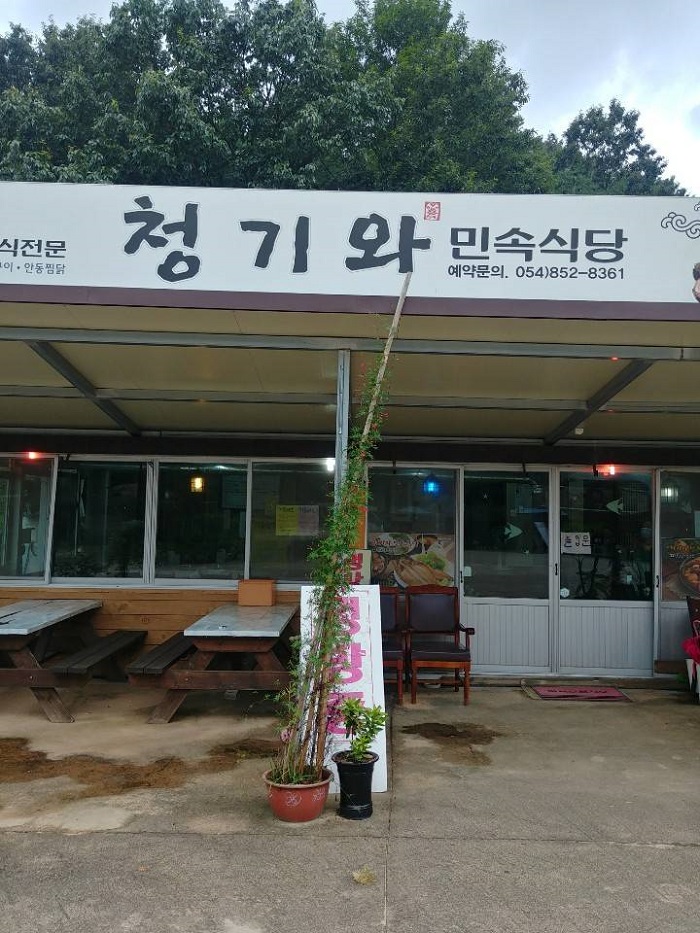
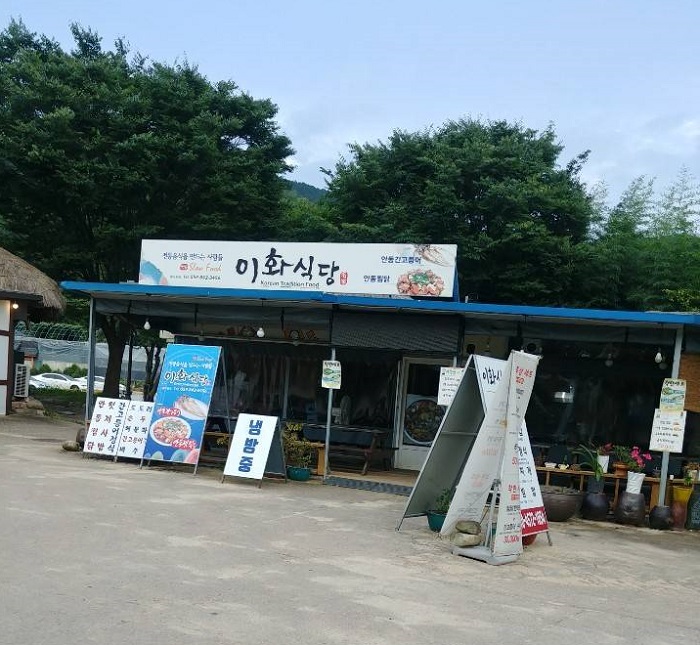
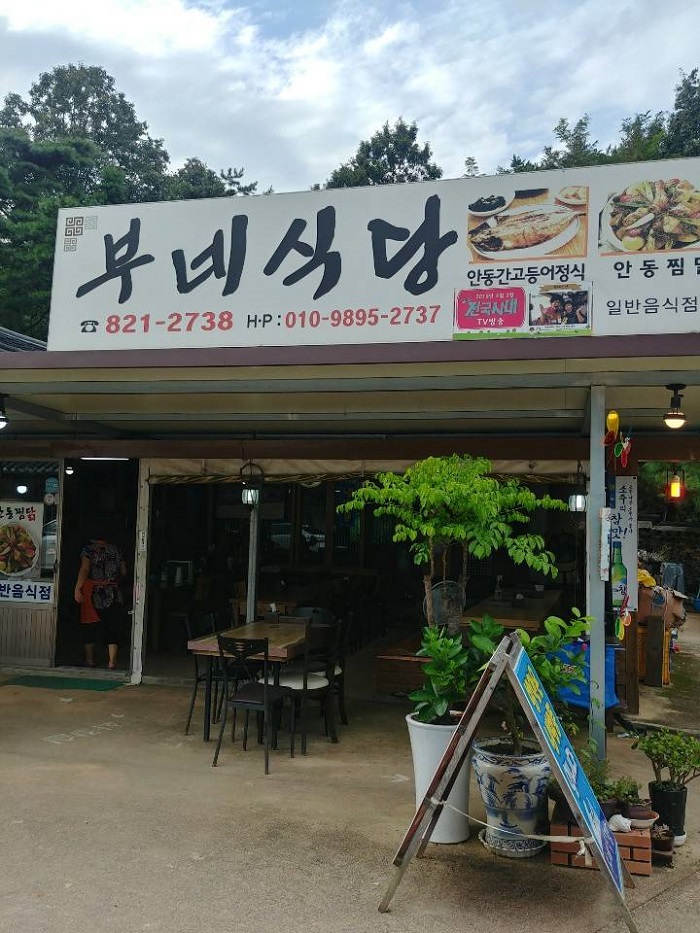
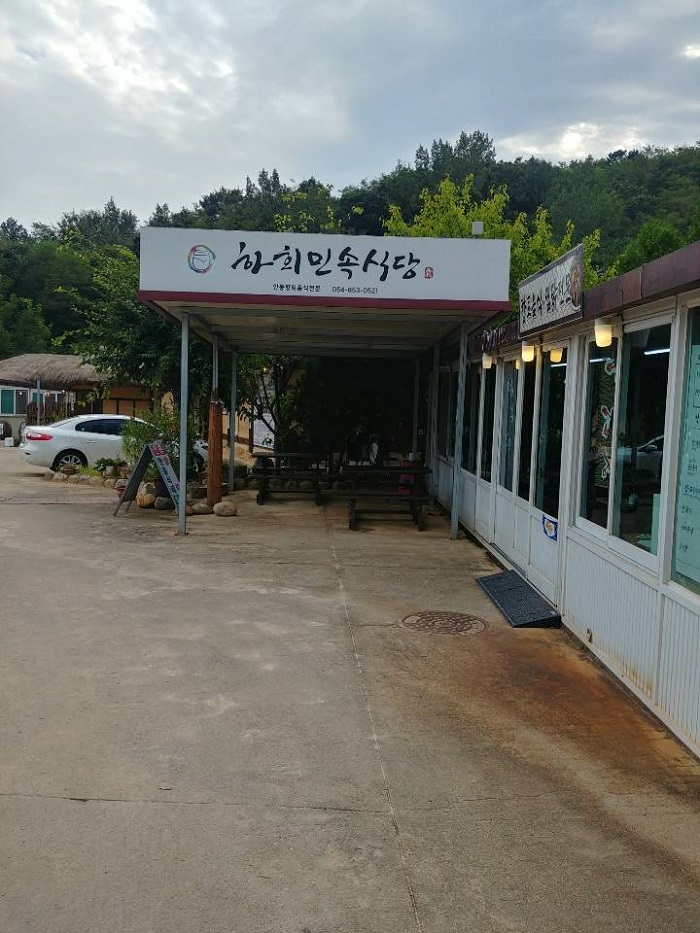
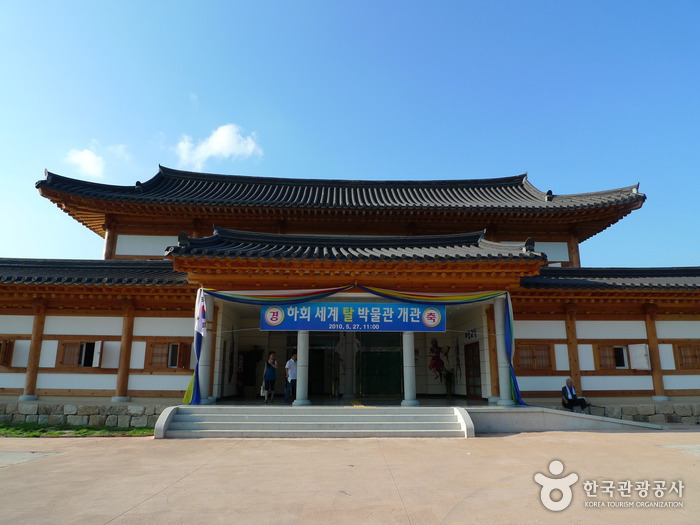
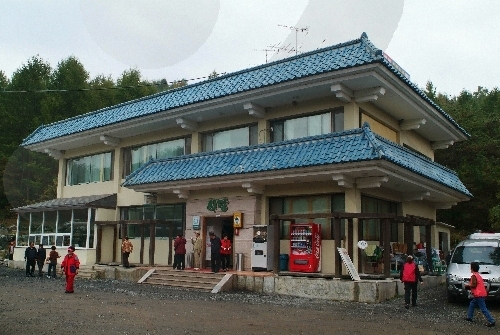
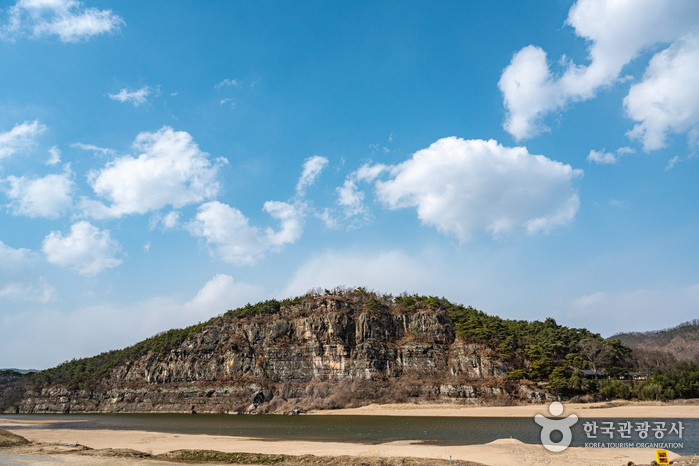
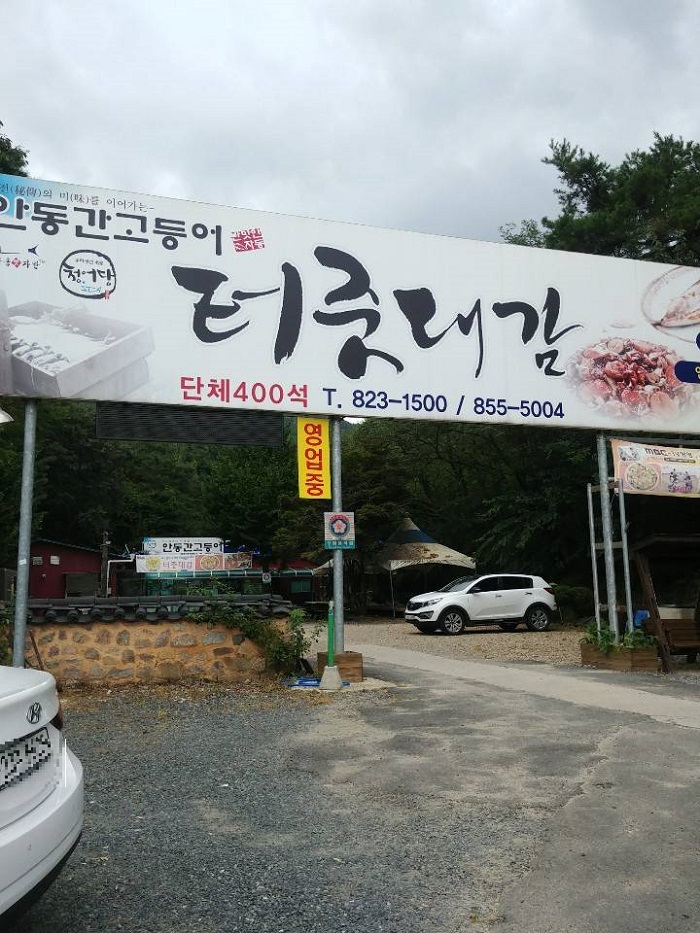
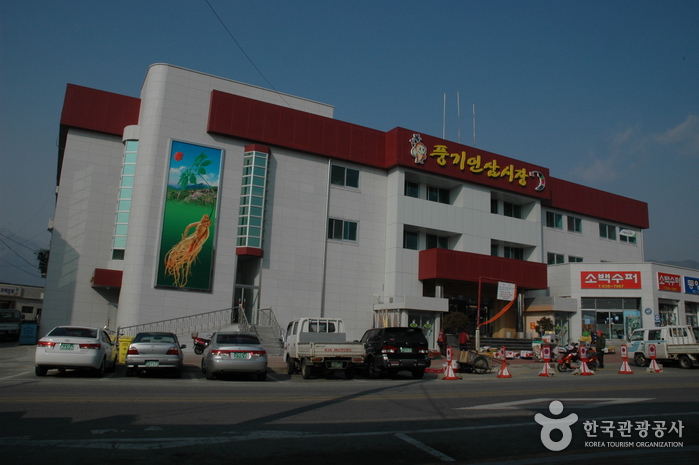
![Okyeon pavilion [Korea Quality] / 옥연정사 [한국관광 품질인증]](http://tong.visitkorea.or.kr/cms/resource/50/2578050_image2_1.jpg)
 Español
Español
 한국어
한국어 English
English 日本語
日本語 中文(简体)
中文(简体) Deutsch
Deutsch Français
Français Русский
Русский